Questions 1-5 are based on the following passage:
The night is not what it was. Once, the Earth was cast half in shadow. Then came fire, candle, and light bulb, gradually drawing back the curtain of darkness. But a brighter world has its drawbacks.
An estimated 30 percent of outdoor lighting - plus even some indoor lighting -is wasted. Inefficient lighting costs U. S. about $10.4billion a year, according to Bob Gent of the International Dark-Sky Association, a nonprofit that aims to control light pollution.
Last year in Sydney, an estimated 3.2 million Australians switched off their lights during "Earth Hour", briefly reducing that city's energy use by more than 10 percent. Motivated by such trends, more than two dozen cities worldwide went dim on March 29 this year in an hour-long demonstration.
A number of groups are trying to measure light pollution and assess its effects on the environment in the hope that people will reduce their own contribution to the problem. Scientists are trying to report how many stars we can see. In dark rural areas, about 2,000 stars are typically visible at night, compared with "maybe five" in a bright city square - and about 5,000 in centuries past.
People who are working while others are star-gazing may face the greatest risks. Nighttime exposure to white light can cause the growth of tumors(肿瘤), experiments show. Two decades of research indicate that women who work night shifts have usually high rates of breast cancer.
1. The word "drawbacks" in the first paragragh probably means
A. benefits
B. interest
C. effects
D. problems
2. The International Dark-Sky Association is an organization that ______.
A. Strongly opposes outdoor lighting service
B. has lost some money in energy trade
C. has profited from the lighting business
D. makes effects to reduce light pollution
3. On March 29 this year, people in many cities around the world _______.
A. turned out some light for an hour
B. organized an event to have some fun
C. held a demonstration called "Earth Hour"
D. joined together to compete with Australians
4. Scientists counted the number of stars __________.
A. to illustrate the impact of light pollution
B. to compare air quality in different areas
C. to see how the sky has changed with time
D. to arouse public interest in space
5. People who work at night _______.
A. lose the chance to gaze stars
B. have a higher risk of health problem
C. have less exposure to white light
D. are to blame for light pollution
正确答案:DDAA B
编辑推荐:

温馨提示:因考试政策、内容不断变化与调整,长理培训网站提供的以上信息仅供参考,如有异议,请考生以权威部门公布的内容为准! (责任编辑:长理培训)








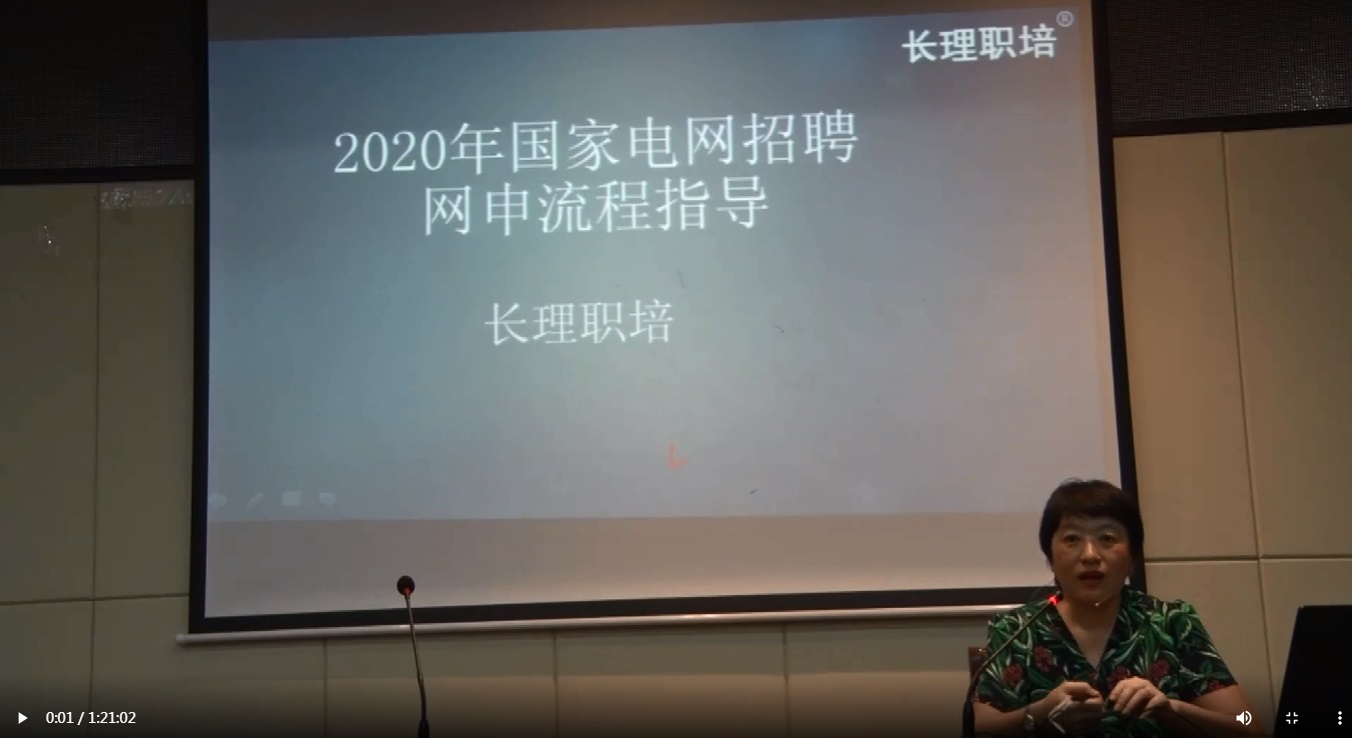


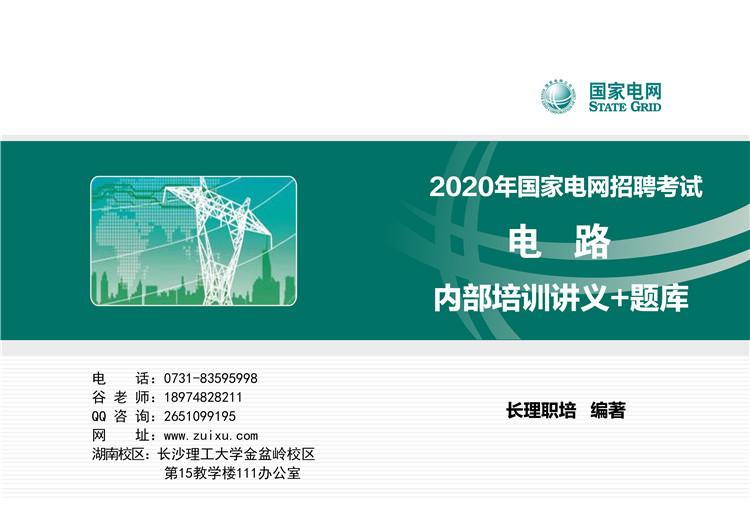

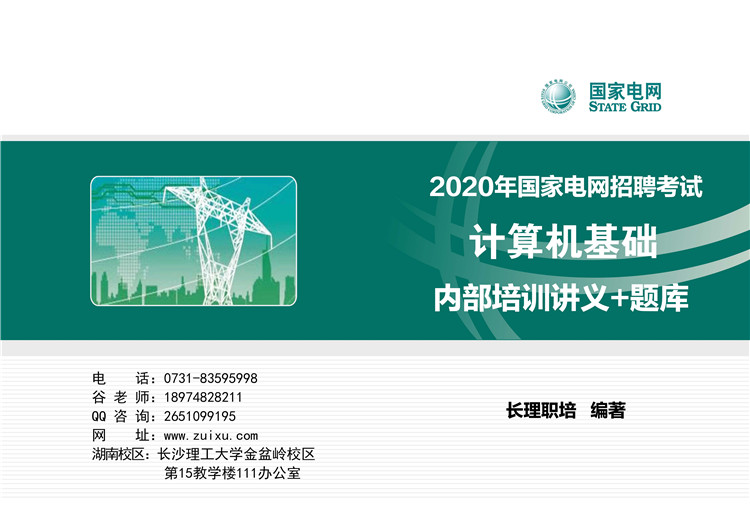


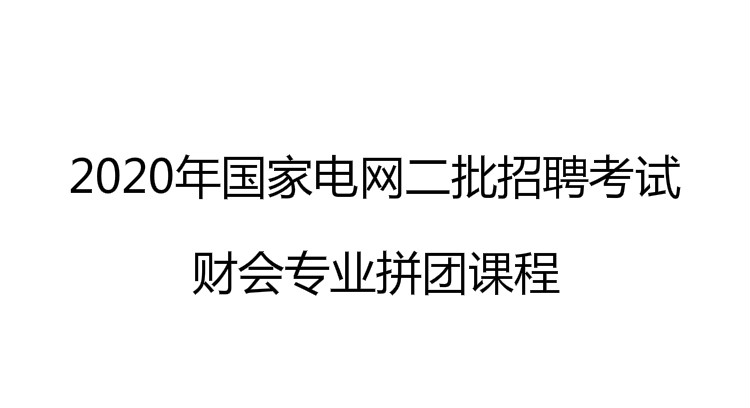
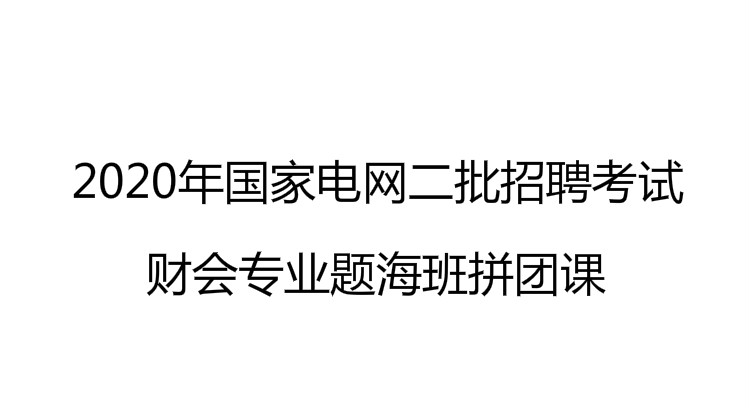
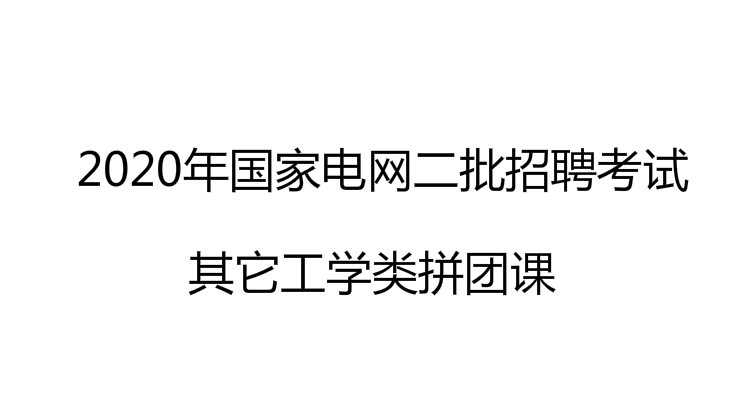



点击加载更多评论>>